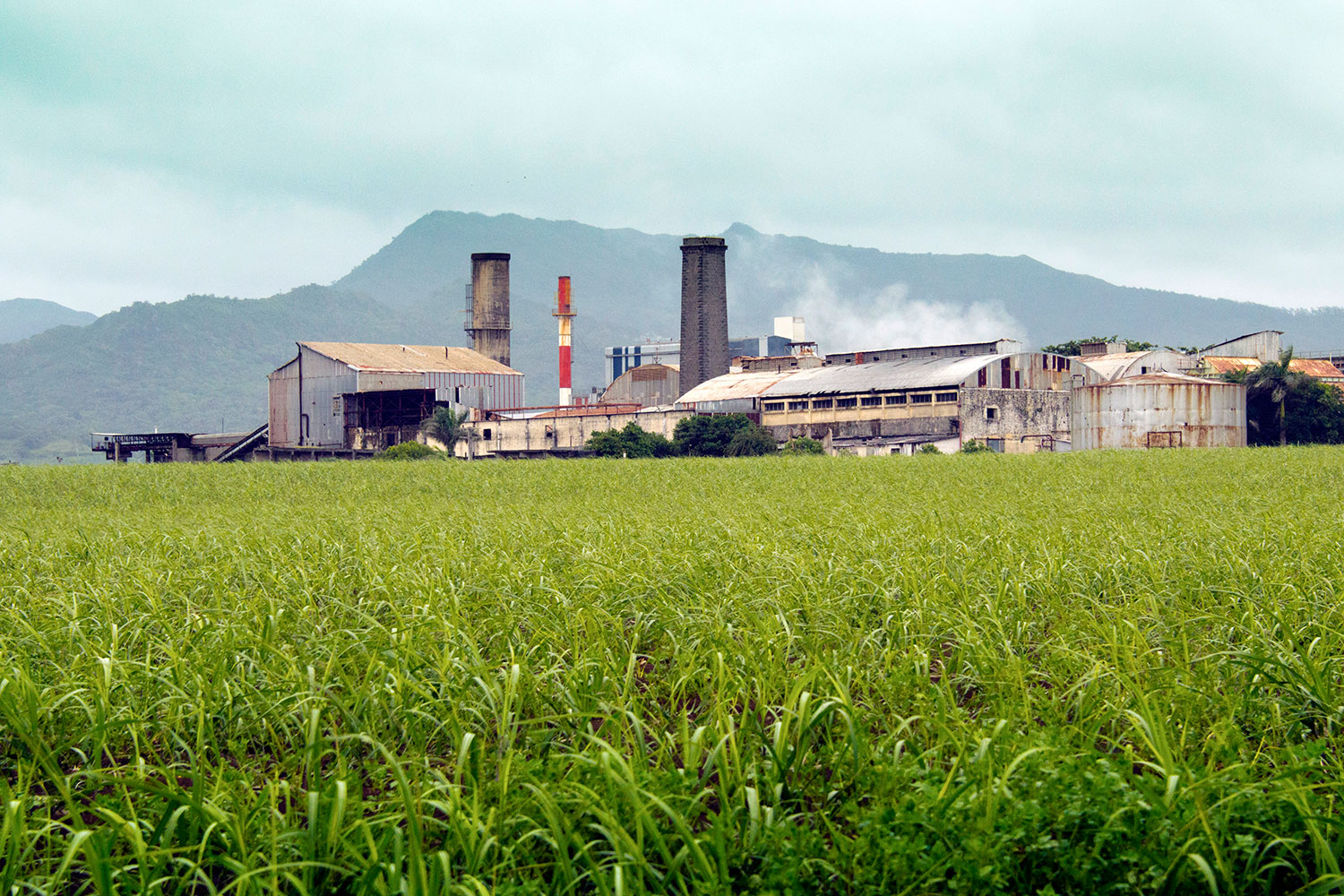Maximizar Rendimientos Y Minimizar Costos: Estrategias Avanzadas Para La Optimización Química Del Procesamiento De Azúcar De Caña
In the world of cane sugar handling, the search of taking full advantage of returns while simultaneously reducing expenses stands as an awesome challenge that needs a critical mix of advanced chemical optimization methods. The ins and outs of this undertaking look into the core of effectiveness, where every component of the procedure plays a crucial function in accomplishing ideal end results. By discovering the intricacies of chemical analysis, enzyme usage, pH control, filtering, and purification approaches, a landscape abundant with possibilities for improvement and innovation arises. Amidst this intricate web of techniques lies the guarantee of unlocking untapped potential and transforming the extremely essence of sugar production. Cane Sugar Processing Chemicals.
Chemical Analysis for Efficiency
Chemical evaluation plays an essential role in enhancing the performance of sugar walking stick processing by providing crucial understandings right into the composition and residential or commercial properties of the raw products. By carrying out comprehensive chemical evaluations on sugar walking cane samples, cpus can figure out the exact focus of sucrose, glucose, fructose, and various other parts present in the raw product. This info is vital for maximizing the various phases of the sugar walking stick handling chain, from grating to crystallization.
Additionally, chemical analysis makes it possible for processors to recognize impurities such as natural acids, proteins, and minerals that can influence the quality and return of the final sugar item. By evaluating these pollutants, cpus can carry out targeted strategies to eliminate or minimize their impacts, inevitably improving the total efficiency of the processing plant.
Furthermore, chemical evaluation facilitates the tracking of procedure parameters such as pH, temperature level, and thickness, allowing processors to make real-time modifications to ensure ideal problems for sugar extraction and crystallization. Overall, a comprehensive understanding of the chemical composition of sugar cane is necessary for making the most of returns, decreasing costs, and maintaining high product high quality in the sugar manufacturing sector.

Enzyme Usage for Raised Yields
With a calculated approach to enzyme use, sugar walking cane processors can substantially enhance their yields while preserving functional efficiency in the production procedure. Enzymes play an essential function in sugar walking cane processing by breaking down complicated carbs right into simpler sugars, therefore boosting the total sugar extraction performance. By including specific enzymes tailored to target the different elements of sugar walking cane, such as cellulose and hemicellulose, cpus can improve the release of sugars during extraction.
Enzyme use supplies the benefit of making the most of sugar yields from the raw product while lessening the power and sources needed for handling. This causes an extra lasting and cost-effective production process. Additionally, enzymes can aid in reducing processing time and enhancing the overall quality of the sugar product. Through careful selection and application of enzymes, sugar cane cpus can maximize their procedures to attain greater returns and earnings.
Ph Control for Optimal Handling
Enzyme application for boosted yields in sugar cane handling lays the structure for dealing with the crucial aspect of pH control for optimum processing efficiency. Keeping the proper pH level throughout various phases of sugar walking stick handling is necessary for optimizing yields and you can look here decreasing expenses. pH control is particularly critical throughout the extraction and explanation processes. In the removal phase, keeping the right pH helps in attaining efficient sucrose removal from the cane. Regulating the pH during explanation aids in the rainfall of impurities and non-sucrose parts, resulting in a purer end product. PH affects the activity of enzymes included in the breakdown of macromolecules, affecting the total efficiency of the procedure. By carefully keeping track of and readjusting the pH levels at different handling actions, sugar cane processors can boost sugar healing prices, reduce chemical usage, and enhance the total production process. Efficient pH control not just improves the quality of the final item yet also contributes to lasting and cost-efficient sugar cane processing operations.
Advanced Purification Strategies
Applying innovative filtering methods in sugar walking stick processing enhances the performance and pureness of the end product through improved splitting up techniques. By integrating advanced filtration modern technologies, such as membrane layer filtering and activated carbon filtration, sugar walking cane handling plants can achieve higher degrees of sugar healing and improved quality assurance.

Triggered carbon filtration is another innovative method that aids in the elimination of colorants, off-flavors, and recurring pollutants from sugar cane items. By using activated carbon's adsorption properties, this purification technique boosts the clearness and taste of the sugar, fulfilling the high requirements demanded by customers and industry laws.
Energy-Efficient Purification Techniques
Energy-efficient purification methods are crucial for optimizing the sugar walking cane processing market's power consumption while preserving high-quality product criteria. Traditional distillation procedures can be energy-intensive, leading to higher manufacturing costs and environmental effects (Cane Sugar Processing Chemicals). Applying energy-efficient distillation techniques, such as vacuum cleaner purification or molecular distillation, can considerably decrease energy needs while boosting overall process effectiveness
Vacuum cleaner purification involves lowering the pressure within the purification system, which decreases the boiling factor of image source the fluid mixture being refined. This reduction in boiling factor decreases the power required for evaporation, causing energy savings compared to traditional distillation techniques.
On the various other hand, molecular purification makes use of brief course purification strategies under high vacuum cleaner problems to different substances based upon their molecular weight. This approach is specifically reliable for heat-sensitive materials, as it runs at reduced temperature levels, lowering power intake and maintaining item top quality.
Verdict

Comments on “Best Cane Sugar Processing Chemicals: Relied On by Sector Specialists”